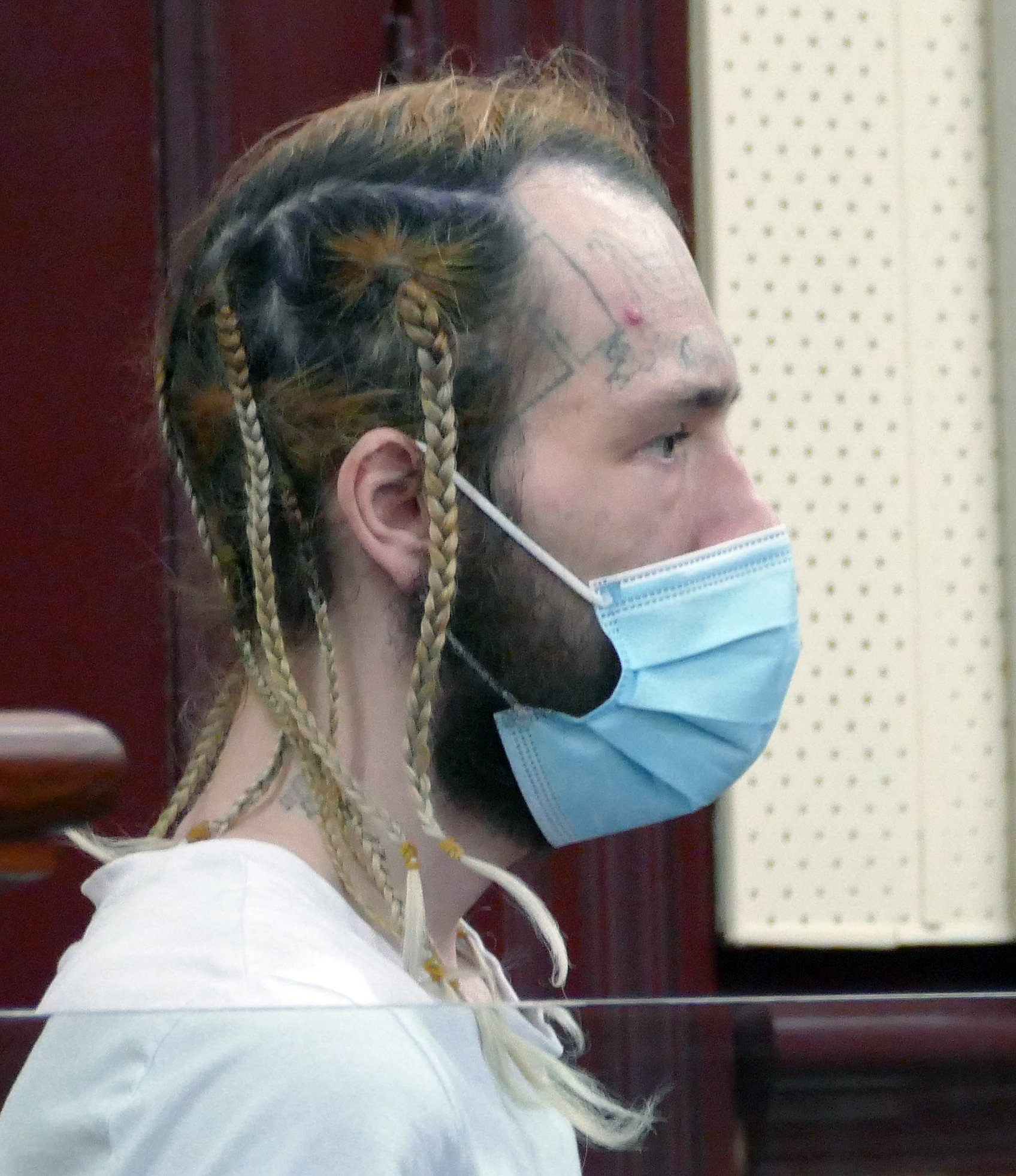
The Otago Daily Times can finally publish the photos of the cache discovered by police last year, after they were released under the Official Information Act.
Matthew Bryan McLaren, 31, became the first person in New Zealand to be sentenced for manufacturing a firearm under legislation introduced as a response to the 2019 Christchurch mosque shootings, carrying a 10-year maximum penalty.
In October, at the Oamaru District Court, McLaren was jailed for 26 months — a sentence upheld on appeal.
Police photos show the results of a year of the defendant’s tinkering: an operable pistol, a vast assortment of other parts and the printer used to make them, which sells for just $350 at a high-street electronics store.
University of Waikato law Professor Alexander Gillespie said the case would not be a one-off.
"Even though it's already possible, it will just become increasingly easy as the technology becomes more available," he told the ODT.
"You've got your first prosecution; you're going to see more."
Firearms Safety Authority director of compliance and investigations, Superintendent Richard Wilson, said it was "a significant operation and seizure".
"Had these firearms been produced and found their way into the community, they would have likely done nothing but harm," he said.

But the one operable gun McLaren made was far from perfect.
Supt Wilson said while the pistol may have fired it was "rudimental".
"To me, it looks like a very, very unsafe firearm to use. I personally wouldn’t fire it myself," Supt Wilson said.
"That said, it poses real concern to anyone that’s faced with it or using it. Whilst it might operationally work, it’s very, very dangerous."
Prof Gillespie agreed the guns were unsophisticated but stressed they could still be deadly.
He said that, overseas, 3-D printing guns had become a "professional activity", especially within gangs and McLaren could have had a range of parts because the items were in demand and able to be sold.
"My guess is that they’ve caught a slice of part of an illegal market. I’d be surprised if it’s the entire illegal market for that person," he said.
The professor said certain groups of people would be especially drawn to 3-D printed weapons, particularly right-wing extremists.
"Certain people like [such firearms] because ... of being anti-state, in terms of being beyond regulation and trying to avoid those conventional controls," Prof Gillespe said.
Internationally, manufacturing of makeshift firearms was on the rise and the academic said New Zealand was behind the curve.

Plastic weapons were hard to detect.
Although essential parts such as springs and barrels might show up on a metal detector, they might not immediately arouse suspicions, he said.
Prof Gillespie and Supt Williams hoped the issues would be addressed through the upcoming firearms reform.
Public submissions have closed, but the Arms Act rewrite aimed to modernise the legislation, among other objectives.
The government asked specifically for input from the public on 3-D printed weapons, noting the technology was "rapidly evolving" and enabled cheap manufacturing.
The Bill was expected to go through the select committee process late this year and the government was committed to passing it by the end of the parliamentary term.
Strict controls around downloading the patterns for the guns — not currently illegal — were needed, Prof Gillespe said.
"People need to be thinking about accessing this kind of information like they are accessing say child pornography or something like that," he said.
Supt Williams said police were working with the chief censor around whether the blueprints for the weapons should be deemed objectionable material.










